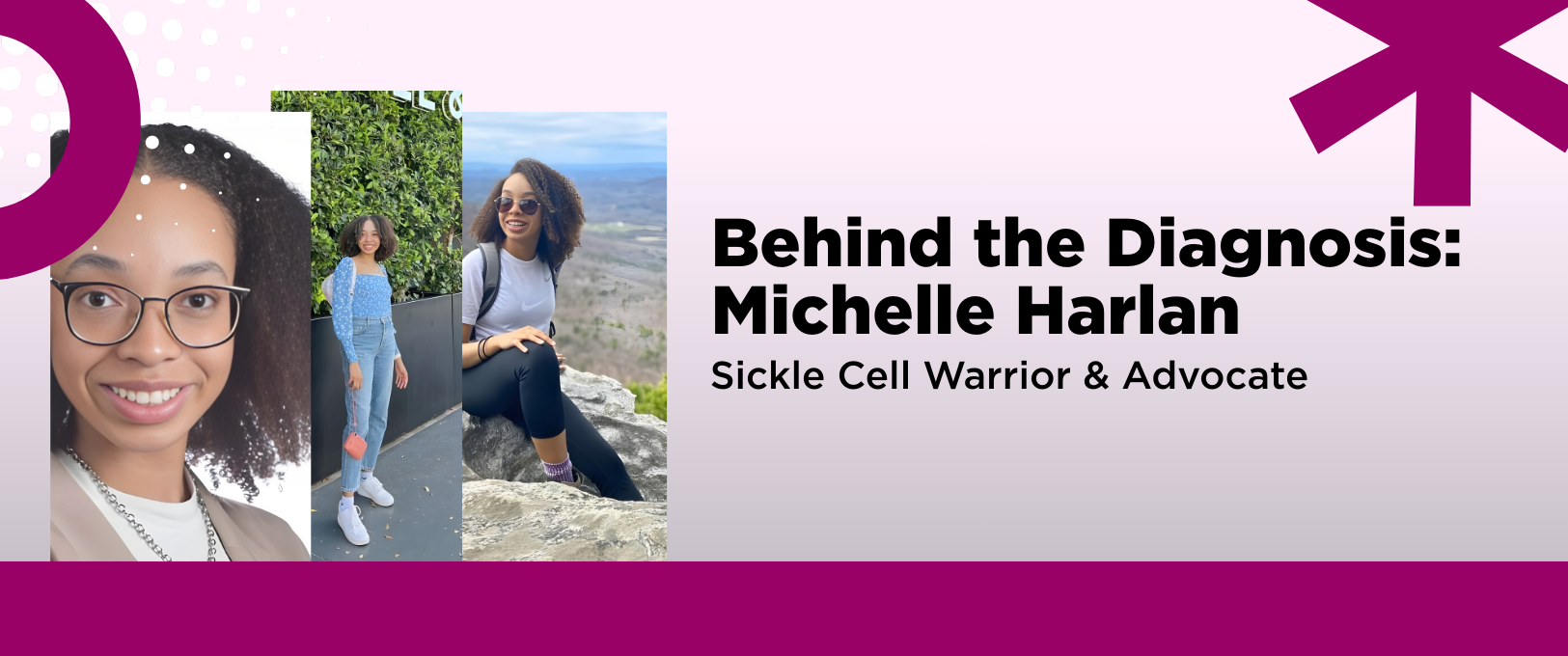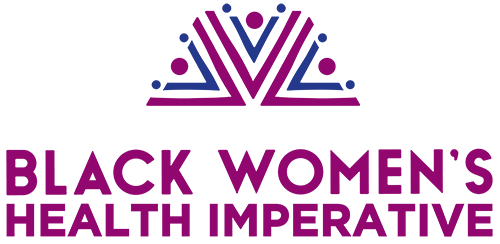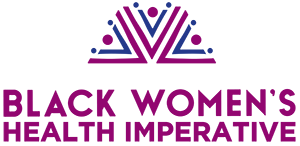Five years ago, the Black Women’s Health Imperative founded the Rare Disease Diversity Coalition (RDDC) for precisely this reason: too many communities of color were being overlooked in rare disease research, advocacy, and care. Sickle cell disease, despite being the most common rare disease in the United States and one that disproportionately affects Black people, has long been underfunded and deprioritized in our health system. For those living with variants like sickle beta-zero thalassemia, the invisibility can feel doubly isolating. As part of our Beyond the Diagnosis series, we share stories like Michelle Harlan’s to shed light on what it really means to live with a rare condition—moving past clinical definitions and into the lived experiences that shape daily life. Stories bridge the gap between science and humanity, reminding us that behind every diagnosis is a person navigating challenges, building dreams, and making a difference. In a recent Sickle Cell Anemia News article, Michelle Harlan breaks down what it looks like to live with sickle beta-zero thalassemia. Diagnosed at six months old, she has lived every day through the lens of chronic illness. Michelle explains her experience in three steps: These symptoms, she explains, are not occasional interruptions but a constant companion shaping her daily life. Michelle is candid about the mental health challenges that accompany her disease. She speaks openly about therapy, antidepressants, and the importance of surrounding herself with family, professors, and employers who understand that “normal” is overrated. Her resilience shows us that thriving with sickle beta-zero thalassemia means not just surviving, but also helping others to do the same. Too often, conditions like sickle beta-zero thalassemia are misunderstood or dismissed as “just another form” of sickle cell disease. But as Michelle explains, every variant presents differently, and every individual’s journey is unique. Listening to patients is essential for better care, better research, and better outcomes. At RDDC, we are committed to lifting up these voices and ensuring that no one living with a rare disease—whether common or “rare within the rare”—is overlooked. You can read Michelle’s full reflections in Sickle Cell Anemia News and explore how the Rare Disease Diversity Coalition is working to advance equity for all rare disease patients by visiting our website: rarediseasediversity.org.
Honoring the Rare Within the Rare Disease Community

Every September, Sickle Cell Awareness Month reminds us of the resilience, brilliance, and challenges of those living with this inherited blood disorder. But within the sickle cell community itself, there are conditions even less known, even less understood—variants that are truly the “rare within the rare.”Michelle’s Story
Why Stories Like Michelle’s Matter
Learn More

